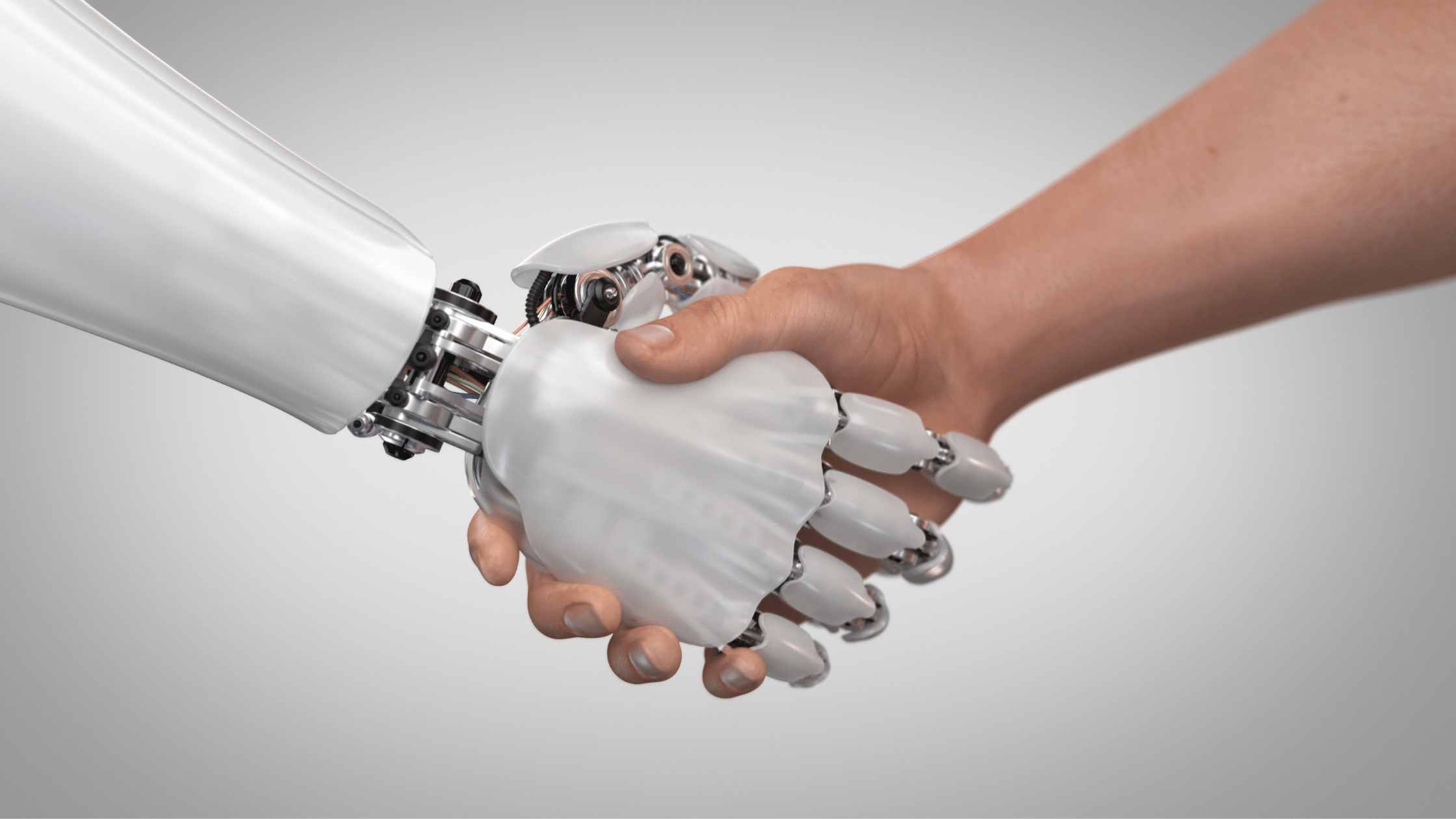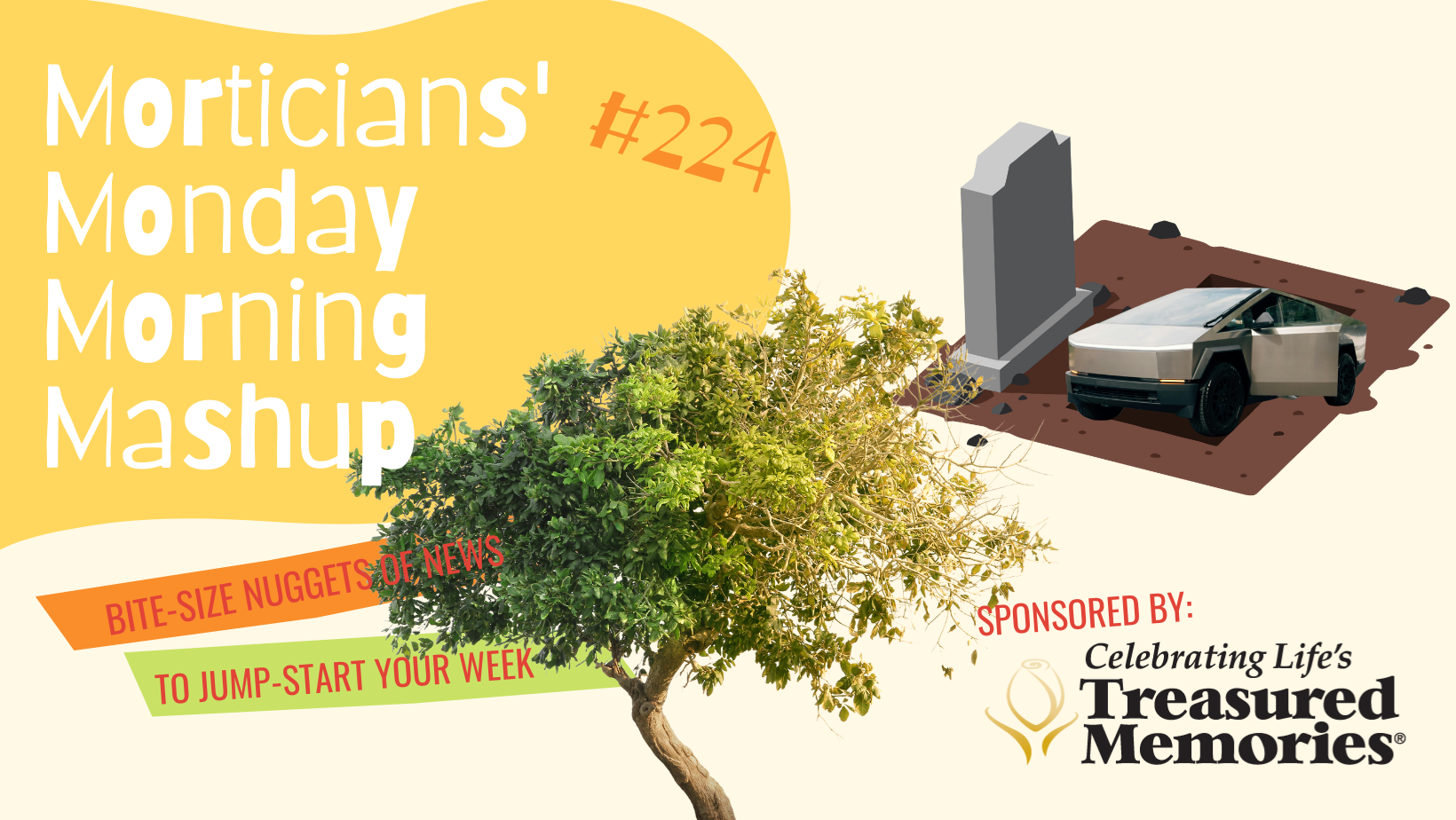Inching Closer to Immortality Through Tech and Memory
Memorializing the dead is, of course, nothing new. From the worship of mummified relics to post-mortem photography to jewelry made with the hair of the deceased, the desire to keep our dead loved ones tangibly close to us is one of the hallmark traits of human civilization. Now, technology can bring us back to life in more and more realistic ways. As the dimensions of our online presence grow, so does the need to manage what happens to our identity after death.
A quest to live forever?
Joanna Stern has been researching how to preserve our digital assets and the ways technology is changing the way we think about death and interact with our lost loved ones. In E-ternal: A Quest to Live Forever, she explores how technology can help us remember loved ones and curate our own legacy.
Some death tech covers the practical aspects of end-of-life planning—passing on digital files, accounts, passwords, funeral plans, and wills. Other services focus on preserving memories of the loved one through audio, images, and robotics. One such service, HereAfter, uses recorded memories and digital avatars to create an interactive treasure trove of personal memories, recounted in your own voice. This high-tech “personalized time capsule” promotes conversational AI as the 21st century answer to the seemingly universal desire to leave a legacy for the future and to reach out to our lost loved ones.
Hi, DadBot
HereAfter began when co-founder James Vlahos’s father was diagnosed with cancer. Vlahos recorded him in a series of interviews that captured family memories, jokes, and meaningful moments. He used these recordings to create DadBot, an avatar that let James “speak” to his father long after his death. HereAfter was born from his desire to share the solace he found in having his father’s voice and stories so easily accessible.
HereAfter guides people through a series of interviews to gather their treasured memories and life history. They then use the audio to create a database of recorded stories that is fully searchable and interactive, letting you ask your loved one questions about their life and hear meaningful stories in their own words and voice. The service includes interview sessions, professional editing, cloud hosting, and “continued technological development” to improve HereAfter’s responsiveness and conversational skills.
I, Robot
Taking this concept a step further, the Terasem Movement Foundation is working on building humanoid robots that look and sound like the deceased. Its founders call it “a multi-decade experiment in mind uploading.” Their goal is to capture enough information about a person to create a realistic robotic avatar that blurs the line between memorial and artificial intelligence.
Tech-powered services can help us feel increasingly connected to our lost loved ones and give us more control over our legacy. The act of preparing your memories and history can itself be a comforting exercise, a reminder of a life well-lived, and a meaningful way to connect to family. Whereas, in the past, memorials were mostly created by those left behind as a way to honor their ancestors, today’s technology lets people select the stories, images, and memories they want to leave behind while they’re still alive.
More than the continuation of our physical body or even our consciousness, the desire for “immortality” comes down to wanting to be remembered, and remembered well. People seem less concerned about where their own mind or body ends up after death than about how future humans will preserve their memory. Even with how far we’ve come, technology can’t replace the true essence of a person, but it can help our imperfect human memories hold on to the meaningful moments we had together.




